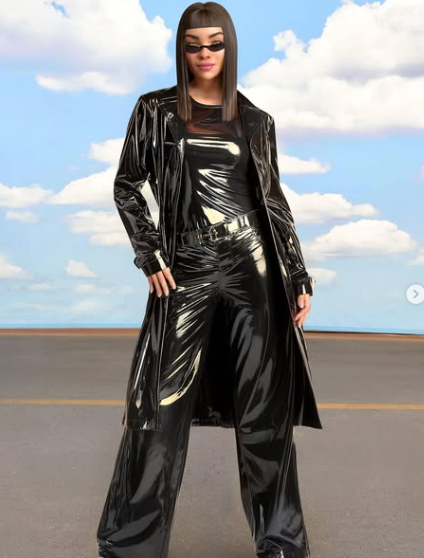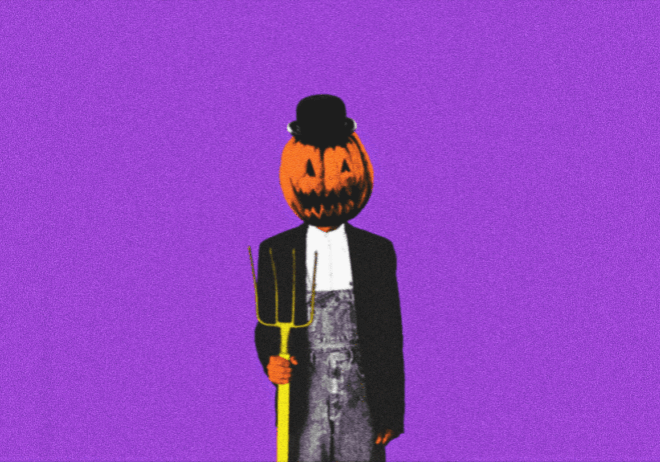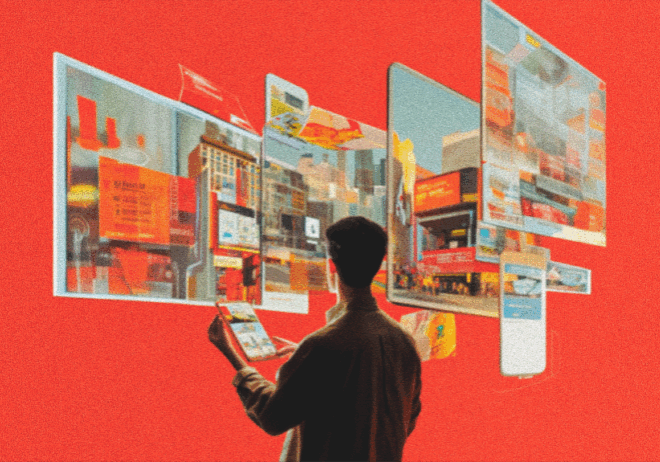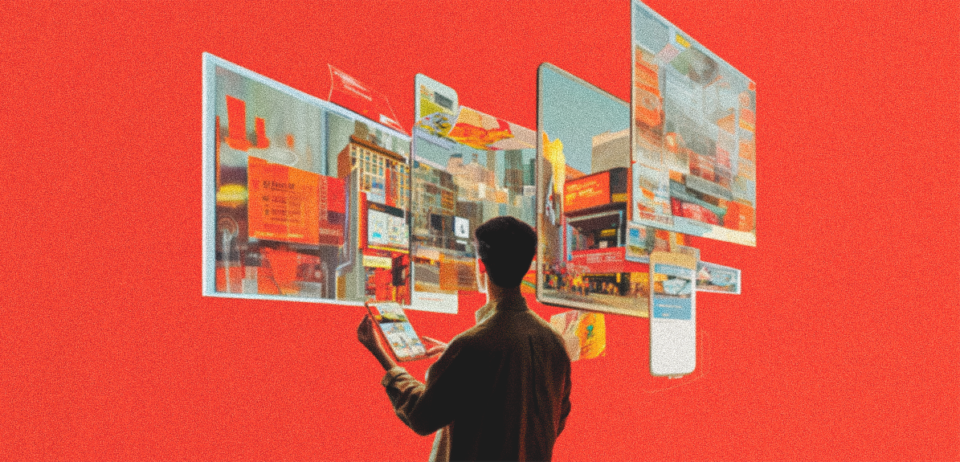
Think You Know Ads? Generative AI in Marketing Just Changed the Game
Do you recall when developing an advertisement took weeks of ideation, costly production, and infinite edits? Those days are diminishing quickly. In 2025, ads are not being made, they are generated. Welcome to the world of generative AI — where creativity meets computation and marketing is being rewritten in real-time.
Generative AI is not just another technology buzzword thrown into the marketer’s toolbox — generative AI is a paradigm shift. Generative AI is not about replacing creatives; it is about redefining creativity.
Now, let’s look at how this powerful hybridization of human imagination and machine intelligence will change marketing for good.
When imagination meets the machine
Generative AI refers to systems of artificial intelligence that communicate and generate new content—text, images, video, voice, and code—evaluating it against immense datasets. ChatGPT generates copy; Midjourney creates visual designs, and even Runway makes entire video ads in minutes.
For marketers, this represents an entirely new approach to content creation. Rather than starting from scratch at the blank page, marketers’ teams can begin the *creative* process with some [possible] concepts generated by AI, then revise, test, and deploy quickly.
According to a 2025 State of Marketing AI Report by the Marketing AI Institute (MAI), 74% of marketers say AI is “critical” or “very important” to their marketing success in the next 12 months. AI adoption is accelerating rapidly, but a significant gap remains; 62% reported that their organizations did not provide them with sufficient training on AI.
This is not automation just for automation; this is automation for quality and content inspiration.
Goodbye to storyboards, hello prompts
Creative briefs used to lead the way. Now, it’s all about prompts — the new language of marketers that turns imagination into outputs.
For example, a beverage brand might want a summer campaign associated with the theme of “refreshing energy.” Rather than break down what that means and plan an entire video shoot, the creative lead would prompt with:
“Create a 15-second video of friends laughing at a beach sunset with tropical colors and upbeat music underneath.” Within minutes, the data, or AI, would then serve up multiple ready-to-use ad variations. What once took weeks now took hours.
A real-world example stands out: Nutella’s “7 Million Unique Label” campaign. In 2025, the brand deployed generative AI to create millions of one-of-a-kind stoneware jars, making each one uniquely identifiable. Each became a collectible piece of art in your cupboard, demonstrating that prompts can now do the work of storyboards and personalize at scale.
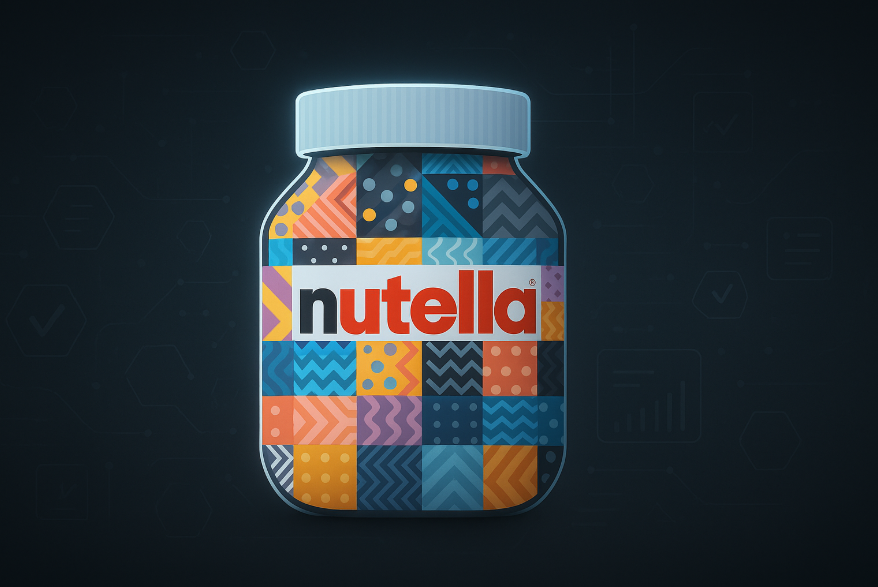
Generative AI is not only speeding up the creative workflow but changing how ideas come to life.
Ads that know you better than you know yourself
If programmatic advertising was about speaking to the right person, generative AI is about talking to the right person, in their tone, mood, and moment.
Let’s consider an e-commerce banner ad where:
- Your favorite colors are featured
- The model looks like you
- The copy refers to something you just searched for
This is not a science fiction request. Coca-Cola’s “Create Real Magic” campaign enabled fans to collaborate with AI (GPT-4 + DALL-E) to create their own art featuring elements of the brand, with some pieces even being showcased on digital billboards.

To summarize it simply: we are now far away from segmentation to individualization with personalization. Generative AI holds the possibility of running hundreds or thousands of ad variants simultaneously, each tuned to a micro-audience or even a single person.
With tools like Adobe Firefly and Google’s Gemini Ads, this scale is possible, not just for those who have an SOW of $100,000 a month.
Meet the influencer who never sleeps
The landscape of social media is undergoing a generative makeover. Let’s look at an AI influencer — a digital persona constructed entirely through algorithms, yet receives authentic interactions.
For instance, Lil Miquela, an AI influencer with 3 million followers, collaborates with brands such as Prada and Samsung. There is also Aitana Lopez, Spain’s model AI influencer, who earns thousands a month in branded deals. Both influencers never sleep, or get olde,r and will never risk PR scandals – the dream for many marketers, right?
Alas, AI avatars are functioning beyond novelty and are representing an interactive interface for brands. Just imagine chatting with a virtual Nike coach who understands your fitness profile, or an AI stylist for Sephora, who generates looks based on a selfie the consumer sends.
This is, in fact, not only a branding strategy for marketing but also represents an engagement experience. Brands are no longer one-way streams of information; they are co-creating an experience with the audience through intelligent generative personas.
When data becomes the new creative director
The true power of generative AI is not merely the generation of creative work; the power lies in learning from performance.
Every ad an AI generates is not just a one-off creative. Rather, each ad is simply the latest output of a self-improving system. As people engage with the ad—by clicking, sharing, or ignoring it— the system learns from those interactions what works and what doesn’t, and embeds that intelligence into the next creative.
Once again, this process creates a feedback loop that no human team could replicate at the speed and depth that a machine can.
Just to give some examples:
- If one version of a campaign does better in certain geographies, the AI creates future creatives to learn from those local distinctions and differences.
- If a certain tone of voice resonates more with people, it becomes the default for the next generation of creatives.
In other words, generative AI is no longer just producing content; it is also generating insights. The lines between creative and analytics have been officially blurred.
Who owns the idea when AI creates it?
As AI gathers, shapes, and co-authors marketing campaigns, we are left with a very relevant question: Who owns the idea?
If a marketer prompts an ad from an AI and the AI creates the ad, who gets credited? The brand? The agency? The machine?
According to the U.S. Copyright Office, works generated entirely by AI, with no human involvement, are not eligible for copyright protection. An original work must have human involvement to claim originality and ownership. Brands are now putting policies into writing on how AI can be leveraged in the process, how data is collected, and how they will disclose AI-generated content.
Beyond legality is the question of ethics. Generative models will amplify quintessential human norms — such as bias, insufficient representation, and lack of community engagement — and disseminate those biases and norms faster, potentially with more damaging effects at scale and speed.
That is why innovative marketers are now practicing ethical prompting — they are testing for inclusivity and authenticity at every stage of the process.
As one creative director said:
- “AI doesn’t make you unethical — it just makes your biases faster.”
- Ultimately, human judgment is the most important creative tool of them all.
- The Innovative Role of a Creator in an Always-On World
AI isn’t replacing creators; it’s redefining them
Marketers don’t just make ads; they create creative ecosystems. The best campaigns in the world will come from marketers who can brief AI, understand why algorithms work based on emotional triggers, and combine instinctual human thinking with machine accuracy.
Creativity in the new paradigm is augmented, not automated.
Generative AI doesn’t kill the muse; it creates a faster and smarter studio.
And as AI creates real-time, real-time content that evolves with the weather, the mood, or the speed of scrolling, campaigns will not ‘launch’ — they will ‘live’ and grow with engagement.
Rather than replacing creators, AI is enhancing their skills. Nowadays, marketers don’t create ads. They create sophisticated, adaptive campaigns that track, analyze, and then adjust midstream in real-time. Are you ready to lead the next wave of the creative revolution? Begin mastering the craft of AI-powered storytelling.
The future of marketing will not be personalized; it will be conversational, continuous, and always-on.
Cut to the chase
Rather than replacing creators, AI is enhancing their skills. Nowadays, marketers don’t create ads. They create sophisticated, adaptive campaigns that track, analyze, and then adjust midstream in real-time. Are you ready to lead the next wave of the creative revolution? Begin mastering the craft of AI-powered storytelling.
